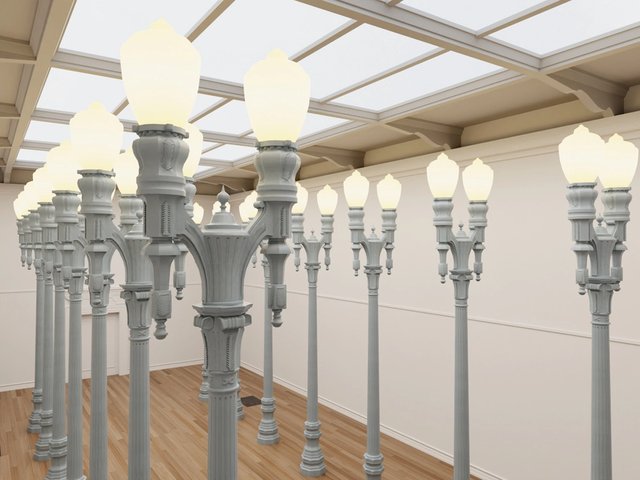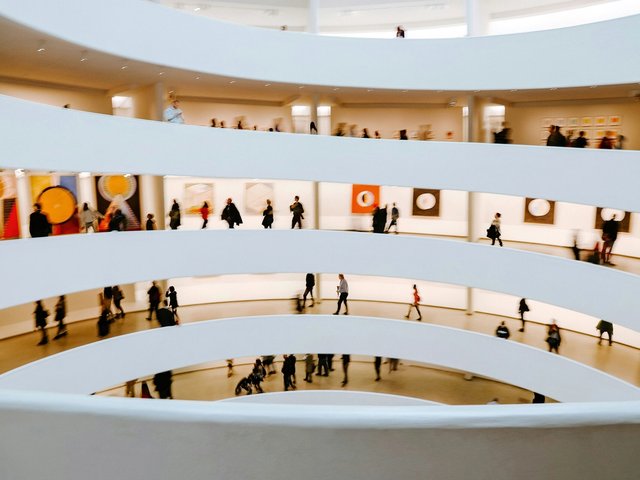A futuristic stock market governed by online users is the basis of the Guggenheim Museum’s first online exhibition (azone.guggenheim.org).
Troy Conrad Therrien, the curator of architecture and digital initiatives at the Guggenheim, says that “anyone with an internet connection” can access the online initiative Åzone Futures Market, which went live last month; an accompanying public symposium on the cultural and social implications of emerging technologies is due to take place on 7 November (1-6pm) at the Guggenheim Museum in New York.
Participants receive 10,000 cain (A), the Åzone currency, to invest in the simulated market, which is influenced by technological developments such as artificial intelligence and space travel. Guggenheim curators will analyse market activity and profile the investors who make the greatest impact on the Åzone Futures Market blog.
Therrien says: “I see the museum as a machine for making sense of history for a public audience, both distant histories and those unfolding in the present…. For museums to fulfill their mandate in this environment, they need to experiment with new types of exhibitions to address contemporary issues that will shape our future.”
The format and content, or “architecture”, will evolve over time, he says, adding: “The first phase of the exhibition is experimental. We’ve put it into the world and now we have to be responsive. Many users have already set up armies of bots [software agents] to trade in their favour, mirroring the type of behaviour that is turning global financial markets into dangerous abstract games of pure speculation.”
High-profile contributors include the Canadian novelist and artist Douglas Coupland, who Therrien considers “an expert on the future”. Coupland advised on Åzone Futures Market and contributed to the process of defining and editing the initial list of futures. “I’m excited to see what ideas the market inspires in him as it continues to develop,” Therrien says. New York-based Emily Segal, the co-founder of the art collective K-Hole, is another contributor.
The project is not, however, wholly web-based as the curators have also established a parallel installation in the Seaport Culture District in Lower Manhattan just off Wall Street (until 31 December). The Åzone Terminal is presented in collaboration with the Center for Architecture. “It is an immersive environment to provide situational awareness of the market, like a war room or a Bloomberg Terminal,” Therrien says.



